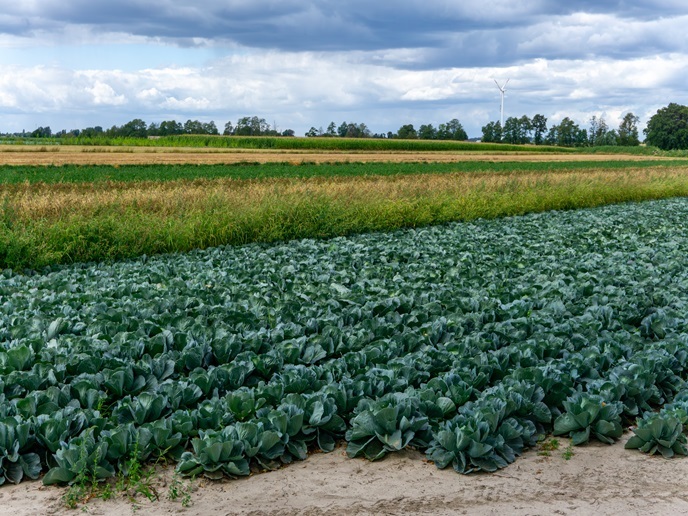Towards a more carbon- and nutrient-efficient agriculture sector
European agriculture is often characterised by nutrient imbalances, in which an excess of nutrients can negatively impact the environment. “Today’s agriculture sector puts great pressure on primary nutrients and energy, which creates gaps in nitrogen, phosphorus and carbon cycles and causes environmental and economic challenges in the EU food supply,” say Erik Meers, a professor at Ghent University(opens in new window) and project coordinator of Nutri2Cycle(opens in new window) (Transition towards a more carbon and nutrient efficient agriculture in Europe). “After use, these nutrients are simply discarded, a practice that can have a negative impact on soil productivity, food security and the environment,” adds Çağrı Akyol, a postdoctoral project manager at Ghent University. With the support of the EU-funded Nutri2Cycle project, Ghent University is leading an effort to close the nutrient cycle. “Tackling the existing nutrient flow gaps in Europe will help decrease greenhouse gas emissions, reduce soil degradation and make the EU more energy- and nutrient-independent,” explains Meers.
Putting carbon back into the soil
To start, researchers looked at the nutrient flows and management techniques of various farms across Europe. They also defined indicators to monitor and demonstrate the environmental advantages of more efficient, closed nutrient loops. Based on this work, the project established 14 innovative pilot cases, so-called lighthouse demos(opens in new window), to test the integration of various on-farm techniques that could help move European agriculture towards a more sustainable future. For example, by creating a better connection between animal husbandry design, agricultural flows and plant production, researchers were able to help farmers sequester carbon in the soil. “The recovery of nitrogen and phosphorus in farms can be significantly improved by creating better synergies between animal breeding and crop production and by integrating the use of such agro-residues as anaerobic digestion,” remarks Akyol. “These improvements will facilitate the return of carbon to the soil and reduce greenhouse gas emissions, which could be combined with the production of energy for self-consumption on-farm,” notes Meers.
Addressing the food security challenge
To put these concepts into practice, the project established national task forces(opens in new window) in each of the 12 partnering countries. These groups were charged with translating the project’s outcomes into the local context and the local language. Led by Ghent University, the group also works to evaluate legislative barriers to implementing the project’s most promising solutions, and advises the European Commission on policy recommendations. Most recently, the group was invited by the European Commission to discuss how research and innovation can help address the challenge of food security. “By using the right amount of nitrogen where plants need it most, circular, bio-based fertilisers can help mitigate nutrient loss, boost crop productivity and reduce farming costs,” says Meers.
Market-ready techniques
Nutri2Cycle successfully brought forward innovative, market-ready techniques and practices in nutrient recovery and recycling. In fact, as of March 2023, the project has published articles in 38 Science Citation Index Expanded (SCIE) publications. “We also provided evidence-based, farm-ready solutions for better nutrient management and translated these solutions into practical policy recommendations,” concludes Akyol. Building on the success of the Nutri2Cycle project, researchers have already launched several new EU-funded projects, including NutriBudget(opens in new window) and Novafert(opens in new window), both of which focus on nutrient recovery- and recycling-related activities.







